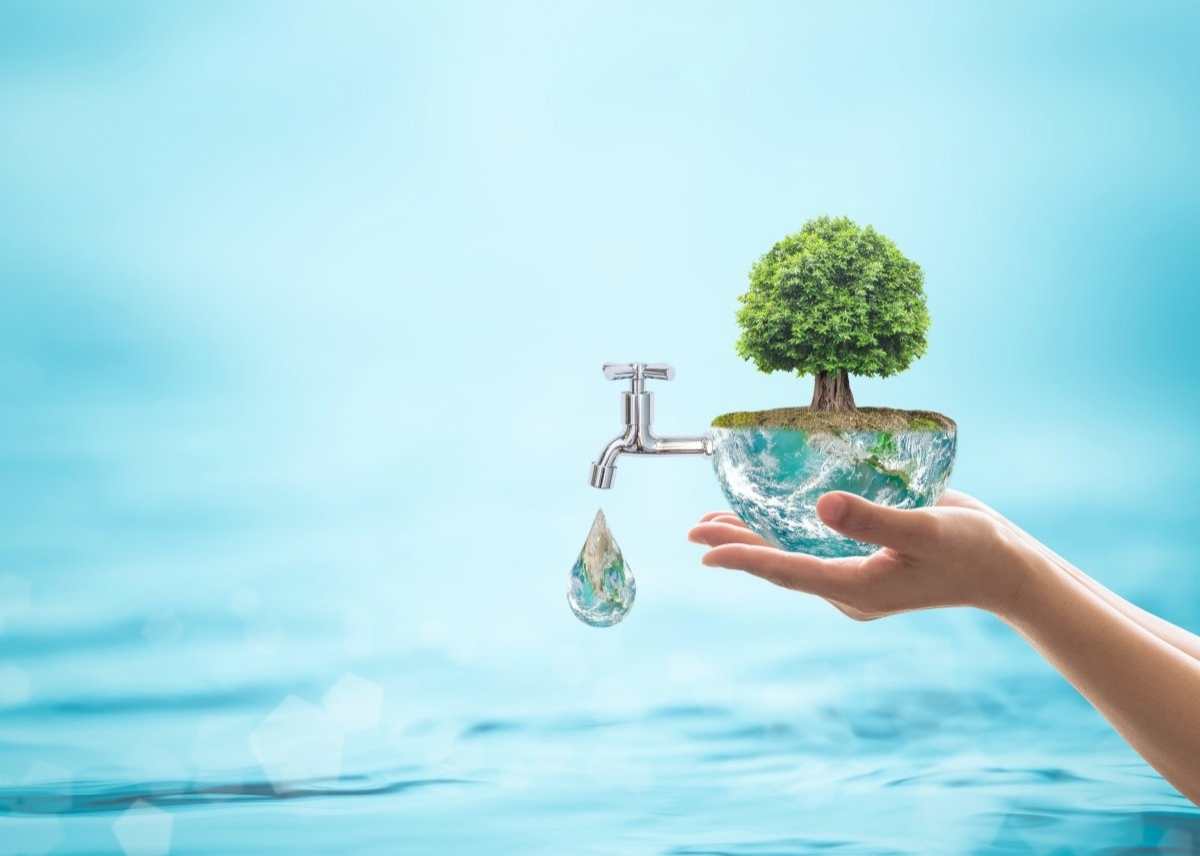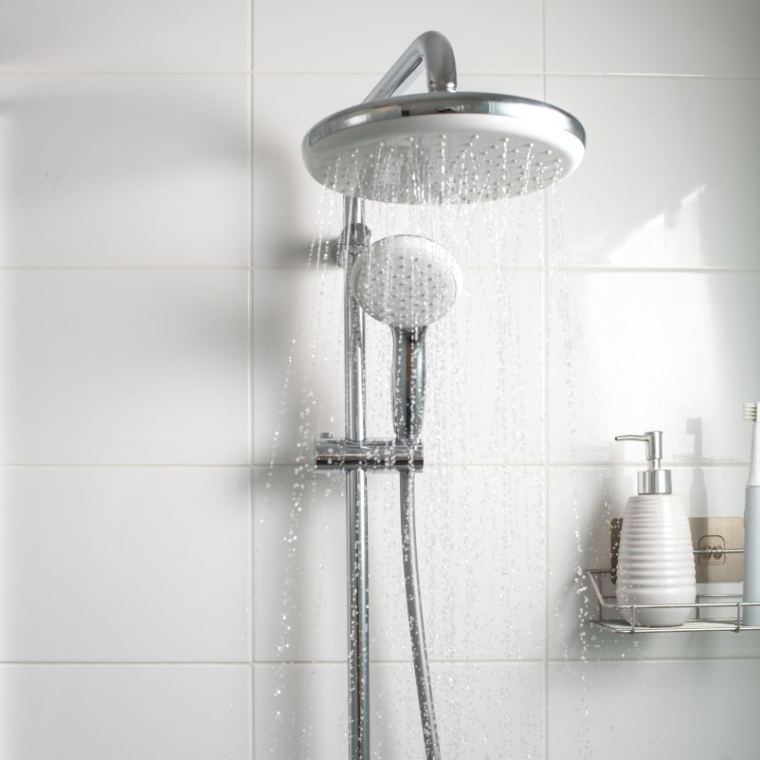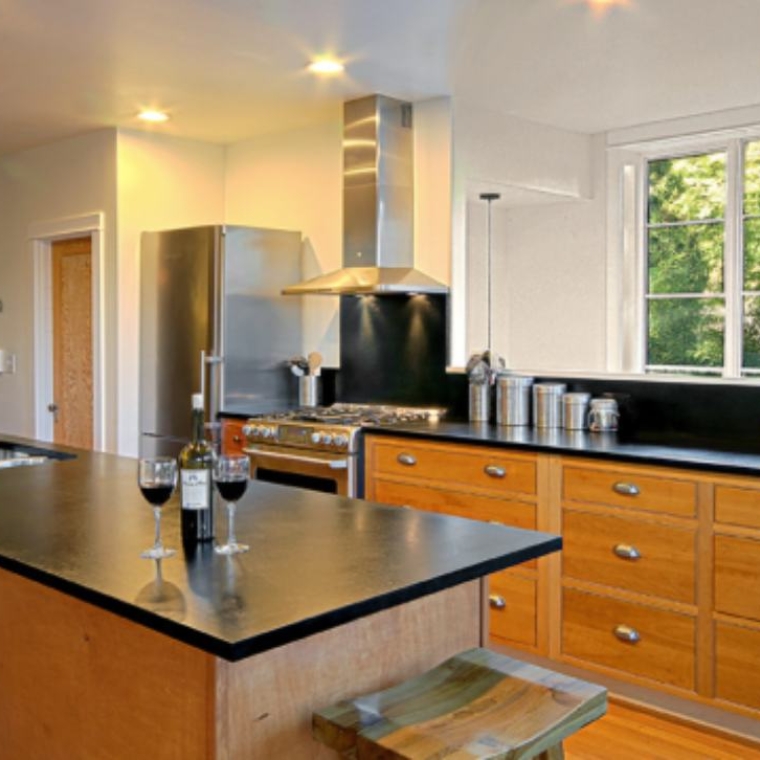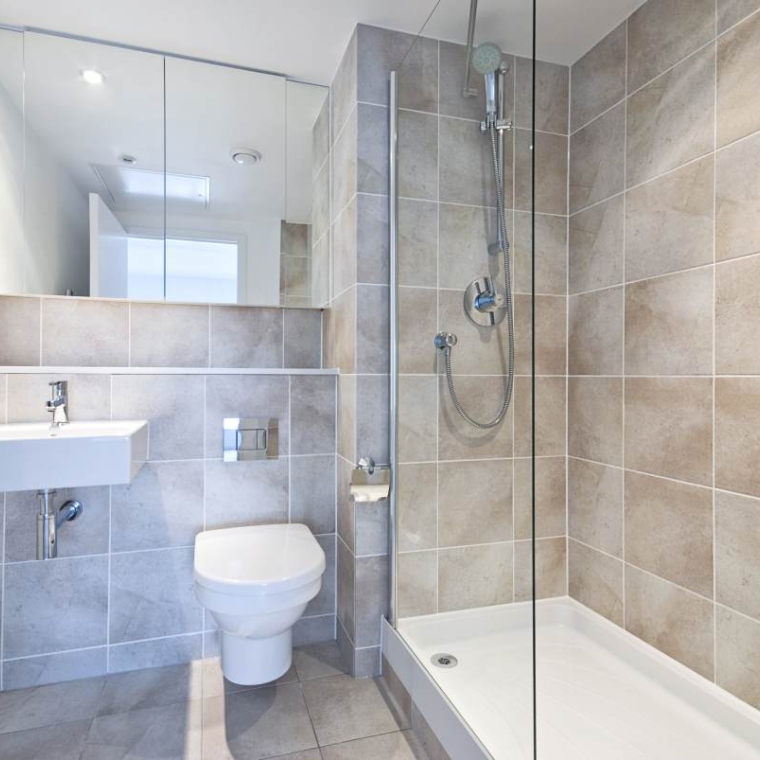sustainable home improvements
Sustainable home improvements for Seniors
Welcome to our guide on sustainable home improvements for seniors!
As we age, it's important to consider the impact we have on the environment and make conscious choices to reduce our carbon footprint.
Sustainable living not only benefits the planet, but it can also improve our quality of life by creating a healthier living environment.
From energy-efficient appliances to eco-friendly materials, there are numerous options available to make our homes more sustainable.
We understand that making the switch to sustainable living can be overwhelming, which is why we've created this guide to help seniors navigate the world of sustainable home improvements.
We've included links to additional resources throughout the article, so you can continue to learn more about the various products and practices available.
Join us as we explore the latest trends in green living! In this article, we will discuss…
- What are sustainable home improvements and how they can benefit seniors
- Energy-efficient upgrades
- Water conservation measures
- Renewable energy sources
- Eco-friendly materials and practices
If you are interested in any of the projects we list here, do not forget to go to the articles we redirect you to and fill in the form above, to receive a free quote with no obligation from our best providers!
Sustainable Home Improvement
Sustainable home improvements are the latest trend in home design and renovation.
These improvements are designed to reduce your carbon footprint, increase energy efficiency, and promote green living.
By implementing eco-friendly, energy-efficient, and sustainable materials, seniors can create a healthier, more comfortable, and cost-effective living environment.
Sustainable home improvements range from the installation of solar panels, energy-saving appliances, and efficient lighting to rainwater harvesting, composting, and organic gardening.
As technology advances, more sustainable home improvement options are becoming available, including smart home technology that allows you to monitor and control your home's energy use and programmable thermostats that can adjust your home's temperature based on your schedule.
According to a recent study, sustainable home improvements can increase the value of your home by up to 7%, and save up to 30% on energy bills.
With the use of sustainable materials, such as straw bale construction, geothermal heating, and cooling, and passive solar design, you can create a home that is not only environmentally friendly but also stylish and modern.
Sustainable home improvement is particularly beneficial for senior homeowners, not only because it can help reduce their carbon footprint and save money on utility bills, but also because it can significantly improve their quality of life.
-
Seniors spend more time at home, so a healthy, comfortable, and energy-efficient living space is crucial
-
Residential energy consumption accounts for approximately 20% of total energy consumption in the US
-
Seniors making sustainable home improvements can significantly reduce energy consumption and associated greenhouse gas emissions
-
Energy-efficient appliances and insulation can help lower utility bills and are especially important for seniors on fixed incomes
-
Sustainable home improvements can maintain a comfortable and consistent temperature, improving indoor air quality and reducing the risk of respiratory issues
-
Using non-toxic cleaning products can help reduce exposure to harmful chemicals and promote better indoor air quality
-
Organic gardening can provide seniors with a source of fresh, healthy food promote physical activity, and improve mental health
-
Sustainable home improvements can add value to your home, making it more attractive to potential buyers
-
Over half of home buyers consider environmentally friendly features to be important when purchasing a home
-
Sustainable home improvements can improve quality of life and make a positive impact on the environment.
But let’s dig deeper into what you can actually do to make your home more eco-friendly…
Energy-efficient upgrades
If you want to make your home more sustainable, you must move towards more energy-efficient solutions.
This means solutions to reduce energy consumption and waste.
They can be small or big changes, and the ultimate goal of energy-efficient upgrades is to save energy and money in the long run while reducing our carbon footprint.
Insulation and weatherization of your home are essential sustainable home improvements that can significantly reduce energy bills and carbon footprint while increasing comfort and indoor air quality.
Insulation works by reducing heat transfer, preventing warm air from escaping during winter and entering during summer. It can be achieved primarily with proper maintenance or upgrade of your windows and doors.
In this way, it lowers the load on heating and cooling systems, allowing for more efficient energy use.
Proper insulation can also mitigate moisture, mold, and condensation issues while improving soundproofing.
Weatherization is the process of sealing air leaks, such as those around doors and windows, to prevent drafts and maintain a stable indoor temperature.
It can include caulking, weatherstripping, and adding storm doors and windows.
Windows are one of the primary areas where air leakage can occur.
As a result, upgrading to energy-efficient windows can significantly improve the insulation and weatherization of a home, leading to savings of up to 25% on heating and cooling costs.
Energy-efficient windows, such as those with multiple panes, lower coatings, and insulated frames, can also reduce noise pollution and UV rays while increasing natural light and ventilation.
According to recent statistics from the U.S. Department of Energy, homes can lose up to 30% of their energy through air leaks, particularly around windows and doors.
Additionally, replacing single-pane windows with energy-efficient ones can save between $126 and $465 annually, depending on the location and type of window.
Older doors may have gaps and leaks that allow heat to escape and drafts to enter, leading to increased energy consumption and higher heating bills.
One effective way to make your doors more energy-efficient is to install weatherstripping around the frame and edges.
Weatherstripping helps to seal gaps and prevent drafts, keeping heat inside during the colder months and outside during the warmer months.
There are various types of weatherstripping materials available, including adhesive foam, felt, and metal, and they can be easily applied with a few simple tools.
Another option to increase the energy efficiency of your doors is to install storm doors.
Storm doors act as an additional barrier against drafts and heat loss, and can be especially beneficial for doors that are exposed to harsh weather conditions.
There are also energy-efficient door models that come with built-in insulation and weatherstripping, further improving the overall energy efficiency of your home.
Water conservation measures
Adopting water conservation measures is fundamental to making your home more sustainable. Water conservation measures refer to any actions taken to reduce water usage and preserve this precious resource.
You can prevent waste in different ways, and apport bigger or smaller changes towards this objective…
Low-flow showerheads and faucets are an eco-friendly and cost-effective way to reduce water consumption in your home.
By using low-flow showerheads and faucets, you can conserve water without compromising on performance.
These fixtures are designed to restrict the flow of water while maintaining a steady stream, which can save up to 60% of water usage compared to traditional fixtures.
In addition to reducing your water usage, low-flow showerheads and faucets can also reduce your energy consumption by lowering the amount of hot water you use, which in turn lowers your monthly energy bills.
Learn more about how your showerhead can help you save on water and improve your bathroom experience.
The Environmental Protection Agency reports that over 13% of household water usage comes from leaks, but fixing these leaks can save up to 10% on monthly water bills.
Therefore, making the switch to low-flow showerheads and faucets can be a significant water conservation measure that not only helps the environment but also saves you money.
Planting native plants and gardening can be an effective way to conserve water and reduce your carbon footprint.
By choosing plants that are native to their region, you can reduce the amount of water needed for irrigation and help to maintain a more balanced ecosystem.
Native plants are adapted to the local climate and soil, making them more resilient and better able to withstand drought conditions.
Organic gardening practices, such as composting and using natural fertilizers, can also help conserve water by improving soil structure and reducing runoff.
By incorporating native plants and gardening into your lifestyle, you can make a positive impact on the environment and enjoy the benefits of sustainable living.
Find out what are the best techniques and practices for Eco-friendly gardening!
Gutter guards may not be the first thing that comes to mind when you think of water conservation, but they can actually play an important role in reducing water waste.
By preventing debris like leaves and twigs from clogging up your gutters, gutter guards allow rainwater to flow freely into your downspouts and into your rain barrels or other collection systems.
This means that the water can be reused for irrigation or other non-potable uses, rather than simply being lost to runoff or evaporating in the sun.
By investing in gutter guards, you can help conserve water while also protecting your home from water damage.
If you want to explore your options, take a look at the best gutter guards for Your home article.
Renewable energy sources
Another important step is turning to renewable energy sources for your home to be eco-friendly.
Renewable energy sources are alternative energy sources that can be replenished naturally and sustainably, unlike fossil fuels.
Examples of renewable energy sources include solar, wind, geothermal, and hydropower. These sources can be used to power homes, reduce reliance on non-renewable sources, and minimize carbon emissions.
The use of renewable energy sources is an essential aspect of sustainable home improvement and can lead to long-term energy and cost savings.
Solar panels are a great way to make your home more eco-friendly and energy-efficient.
They work by harnessing the power of the sun to generate electricity, which can then be used to power your home's appliances and lighting.
By installing solar panels, you can reduce your reliance on fossil fuels and decrease your carbon footprint, contributing to a healthier planet for future generations.
Not only that, but solar panels can also help you save money on your energy bills.
A study by the National Renewable Energy Laboratory found that installing solar panels can decrease a home's energy bills by up to 70%.
That's a significant amount of savings over time!
Solar panels also require very little maintenance and can last for decades, making them a wise investment for any homeowner.
Moreover, installing solar panels in your home can also increase its value.
As more and more people become interested in sustainable living, homes with solar panels are becoming more sought-after in the real estate market.
This means that by installing solar panels, you may be able to increase the resale value of your home and attract more potential buyers.
With their ability to generate renewable energy and save money on energy bills, solar panels are an excellent choice for anyone looking to make their home more sustainable.
If you want to know if solar panels are a good choice for you, take a look at our solar panel guide.
Geothermal heating and cooling systems, particularly heat pumps, are an eco-friendly and energy-efficient way to make your home more sustainable.
These systems use the constant temperature of the earth to heat and cool your home, resulting in reduced energy consumption and a lower carbon footprint.
By relying on renewable energy, geothermal systems can help you reduce your reliance on fossil fuels and contribute to a cleaner environment.
Plus, geothermal heat pumps are much more efficient than traditional HVAC systems, which means that these systems can save you money in the long run by reducing your energy bills.
A study by the Department of Energy found that homeowners who install geothermal heat pumps can save up to 70% on their heating and cooling costs.
Another way that geothermal heat pumps make your home more energy-efficient is by using less energy to heat or cool your home.
Unlike traditional HVAC systems, which heat or cool the air and then blow it into your home, geothermal heat pumps use a closed-loop system to transfer heat to or from the ground.
This means that they require less energy to heat or cool your home, which can translate into significant savings on your energy bills.
Additionally, geothermal systems require less maintenance than traditional HVAC systems, and they have a longer lifespan, resulting in fewer replacements and less waste.
Eco-friendly materials and practices
Last but not least, there are several eco-friendly materials that you can use to make your home even more sustainable, and some practices that are essential if you want to live in a zero-waste environment.
Examples of eco-friendly materials include bamboo, reclaimed wood, recycled glass, and low-VOC paints.
Practices that promote sustainability include reducing waste, recycling, and using energy-efficient appliances.
Using recycled and reclaimed building materials is an excellent way to make your home more sustainable.
Not only are you helping the environment by reducing waste, but you're also making use of existing resources, and saving money in the process.
The United States Green Building Council estimates that using sustainable building materials can reduce a home's environmental impact by up to 35%, making it a smart investment for any homeowner.
When you use recycled and reclaimed materials, you're reducing the amount of waste that goes to landfills, and you're also reducing the need for new materials to be produced, which requires a lot of energy and resources.
Recycled materials such as reclaimed wood, metal, and glass are not only eco-friendly, but they also add a unique and charming character to your home's interior and exterior.
You can also use sustainable materials like bamboo, cork, and wool for flooring, walls, and insulation.
When you choose recycled and reclaimed materials, you're not only making a sustainable choice but also creating a home with a story and a unique style that is sure to impress.
There are many ways to adopt eco-friendly practices in your home, and doing so can help reduce your carbon footprint, conserve resources, and promote a healthier and more sustainable lifestyle.
Some of the most common eco-friendly practices include reducing energy consumption by using energy-efficient appliances and LED lighting, conserving water by fixing leaks and using low-flow fixtures, and reducing waste by recycling and composting.
Other eco-friendly practices include using non-toxic cleaning products, purchasing products made from sustainable materials, and promoting green living through the use of public transportation, biking, and walking instead of driving.
Organic gardening is also an eco-friendly practice, as we already mentioned above, that involves using natural fertilizers and pesticides, reducing water usage through drip irrigation, and composting organic waste.
There are all sorts of projects to make your home more sustainable and energy-efficient: choose one, and start today!
Fill in the form at the top of the article on one of the home improvement projects you are interested in: you will quickly receive a free quote with no obligation, and you will be put in contact with our best expert near you.
They will be able to give you the best advice considering your situation, your needs, and your budget!
Start living green today and join thousands of other people in the journey towards a more sustainable lifestyle!
Related resources
Shower Remodel Cost - Do not Overpay
Gutter Guards Installation Cost and Types
Last update: 01 Jan 2026











